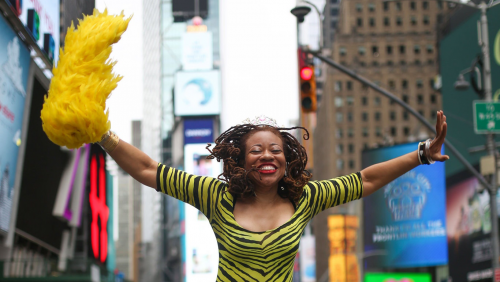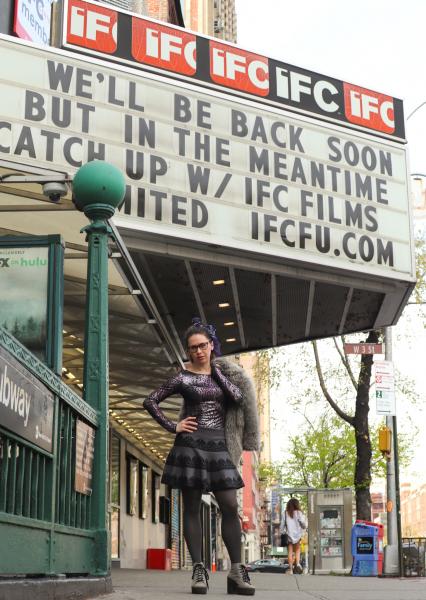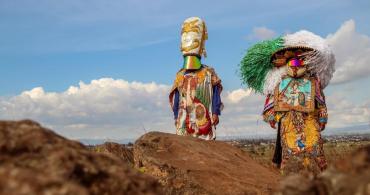1. Promoting, Including, and Supporting
On June 22
nd the New York Times published,
“What It Takes to Raise a Black Woman Up” a piece about performance artist Ayana Evans whose work is about black womanhood written by the art critic Seph Rodney – both making their debut in the illustrious newspaper. Of course, the NYT regularly publishes black writers and black artists but this article is part of an attempt to cover the work of BIPOC’s more frequently – thereby not only including but also provide essential support that can shift an artists’ career.
Influencers on social media have been featuring the work of BIPOC artists since protests began among them are
@girlseesart, my own account
@cultbytes, which is run by
@artstagram__. Dedicated platforms such as
Gallery Gurls run by Jasmine Hernandez have been doing this for years, but more inclusion will bring artists out of the margins and into the mainstream.
2. Reckoning and Rethinking
The anti-racist revolution has pushed staff, students, and members of the public to question and hold institutions accountable for internal racist organizational practices and programming⁴ leading management to carry out public rethinking and reckoning through newsletters, social media posts, and press releases. People, BLM allies and beyond, have also been forced to look inward facing their own prejudices and reconsidering the consequences of their words and actions. This important push back and the conversations they lead to are important paths to change.
3. Sharing and Community Building
As the pandemic, global warming, and the mistreatment of women and the LGBTQ community pose threat to our planet, authoritarian governments continue to grow, and new issues of isolation arise new curator-led and artist-run online platforms that offer artists space to reflect and share have become valuable resources. “How Can We Think of Art at a Time Like This?” an online exhibition, daily newsletters, and programming curated by Barbara Pollack and Anne Verhallen that presents over 70 artists and artist Etty Yaniv, an independent publisher, who has interviewed over 125 artists on how they are coping during Corona times published on Art Spiel are both dense archives that help us understand and process the current situation.
The fight against racism and Covid-19 are issues that belong to us all. We must stay the course.




